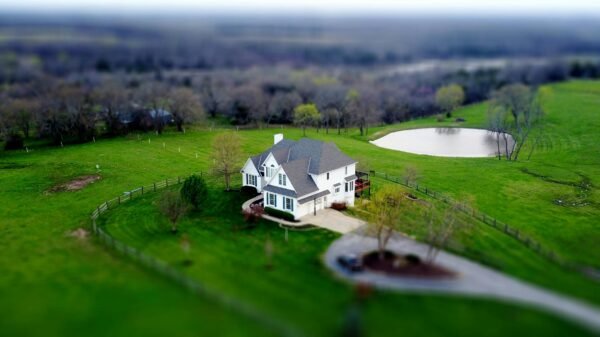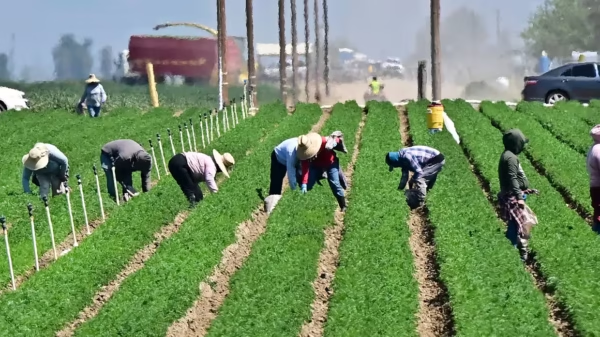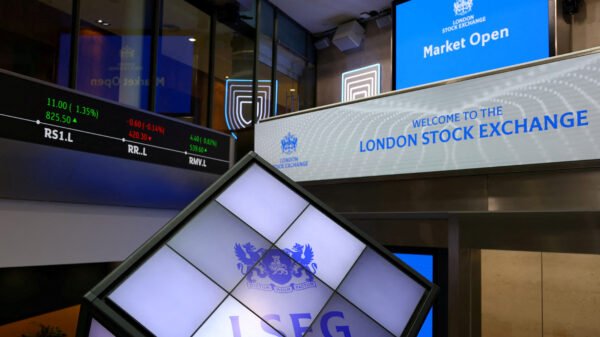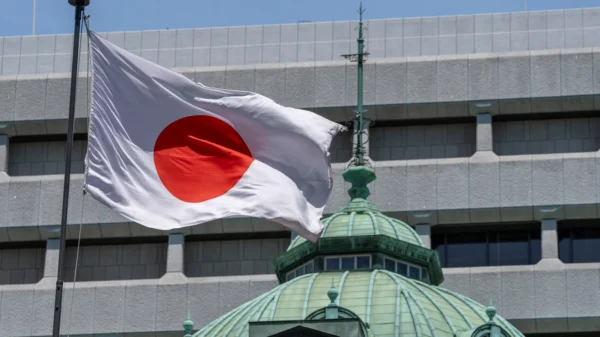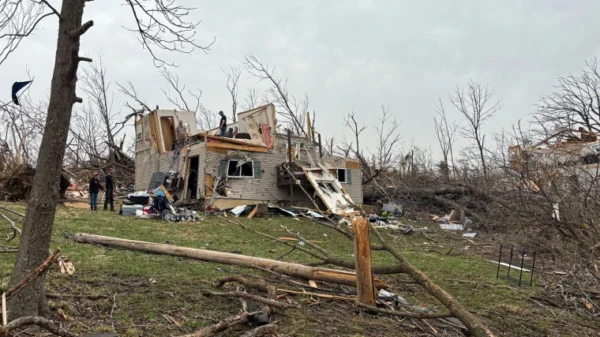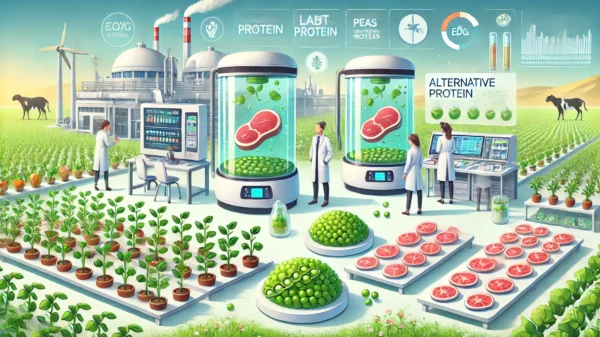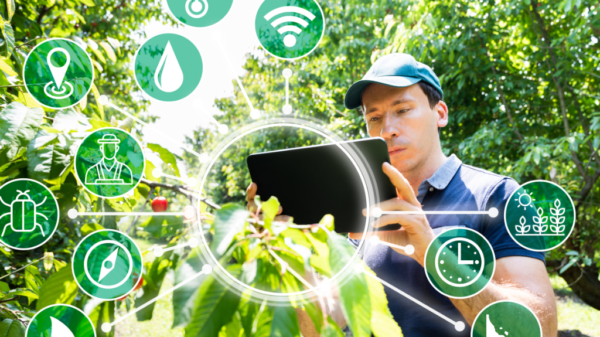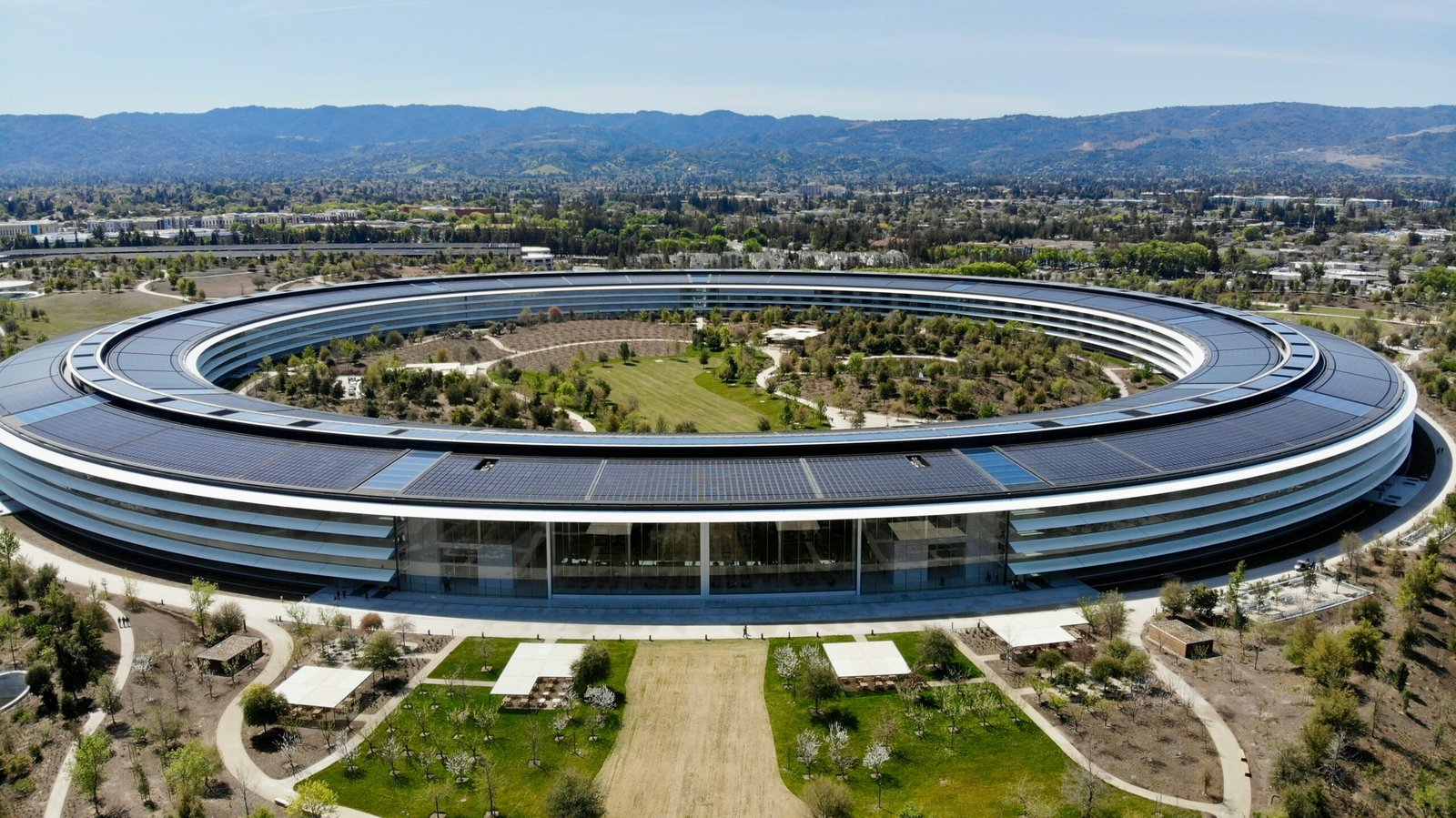Tesla’s Full Self-Driving Beta Program Expands to California Drivers
Tesla, the renowned electric vehicle manufacturer based in Palo Alto, California, has recently made an exciting announcement. The company has expanded its Full Self-Driving (FSD) beta program to include select drivers in California. This update brings enhanced autonomous driving capabilities to Tesla vehicles, marking another significant step towards achieving fully autonomous vehicles.
What is the Full Self-Driving Beta Program?
The Full Self-Driving Beta Program is a groundbreaking initiative by Tesla that aims to test and refine their autonomous driving technology. It allows a select group of Tesla owners to experience the latest advancements in self-driving capabilities before they are released to the wider public. Participants in the program have the opportunity to provide valuable feedback and data to help Tesla improve their autonomous driving system.
Enhanced Autonomous Driving Capabilities
Tesla’s Full Self-Driving beta update brings several new features and improvements to their autonomous driving system. These enhancements include improved navigation, better handling of complex driving scenarios, and enhanced object recognition capabilities. Tesla vehicles equipped with the FSD beta can now navigate city streets, make turns at intersections, and even handle parking maneuvers with minimal human intervention.
One of the most notable features of the FSD beta is its ability to recognize and respond to traffic lights and stop signs. This is a significant advancement towards achieving full autonomy, as it allows Tesla vehicles to safely navigate through urban environments. However, it’s important to note that the system still requires driver supervision and intervention when necessary.
Regulatory Oversight and Safety Concerns
While Tesla’s Full Self-Driving beta program is undoubtedly an impressive technological achievement, it has also raised questions about regulatory oversight and safety concerns. The deployment of autonomous driving technology on public roads is a complex issue that requires careful consideration.
Regulators and policymakers are tasked with ensuring the safety of both Tesla drivers and other road users. They must evaluate the effectiveness and reliability of Tesla’s autonomous driving system before granting widespread approval. The FSD beta program serves as a valuable testing ground for Tesla’s technology, allowing regulators to gather data and assess its performance in real-world conditions.
Some critics argue that Tesla’s approach to autonomous driving is too aggressive, as the FSD beta program allows drivers to experience highly autonomous features with limited driver supervision. They express concerns about the potential for misuse or overreliance on the technology, which could lead to accidents or other safety issues.
However, Tesla emphasizes the importance of driver responsibility and supervision while using the FSD beta. Participating drivers must acknowledge that the system is still in its testing phase and should exercise caution at all times. Tesla collects data from these drivers to further refine and improve its autonomous driving system, with the ultimate goal of achieving full self-driving capability.
Conclusion
Tesla’s expansion of its Full Self-Driving beta program to California drivers is an exciting development in the journey towards fully autonomous vehicles. The enhanced autonomous driving capabilities offered by the FSD beta update bring us closer to a future where self-driving cars are a common sight on our roads.
However, it is crucial to balance technological progress with regulatory oversight and safety considerations. Tesla‘s FSD beta program serves as an important testing ground, allowing regulators to evaluate the performance and safety of autonomous driving technology. With continued advancements and collaboration between industry stakeholders and regulators, we can pave the way for a safer and more efficient transportation future.











